en

When it comes to choosing between leather and PVC (Polyvinyl Chloride) materials, making an informed decision is essential. Both have their own unique characteristics and offer distinct advantages and disadvantages. In this blog post, we will explore the key differences between leather and PVC, helping you understand which material is best suited for your specific needs.
Leather:
Leather is renowned for its natural beauty and timeless appeal. It offers a luxurious and sophisticated look that exudes elegance. The texture of genuine leather is soft, supple, and develops a rich patina over time. Each piece of leather is unique, with natural variations in grain patterns, scars, and wrinkles, adding to its charm. Leather products are highly regarded for their aesthetic appeal and ability to elevate any space or outfit.
PVC:
PVC faux leather, being a synthetic type of fabric, can mimic the appearance of leather but lacks the natural beauty and texture. It often has a glossy or shiny finish, which some may find appealing for specific applications. However, the texture of PVC lacks the softness and suppleness of genuine leather. PVC products can feel artificial and stiff, lacking the tactile warmth and character that leather offers.
Leather:
Leather is renowned for its exceptional durability and longevity. Genuine leather products are known to withstand the test of time, often improving with age. High-quality leather is resistant to tears, punctures, and abrasions, making it highly durable for everyday use. With proper care and maintenance, leather goods can last for many years, developing a unique and desirable patina.
PVC:
PVC is a synthetic material that, while offering some durability, generally falls short of the longevity and durability of genuine leather. PVC products may be susceptible to cracking, peeling, and deterioration over time, especially with prolonged exposure to sunlight and high temperatures. While PVC can be a cost-effective alternative, it may not withstand heavy use or long-term wear as well as leather.
Leather: Leather is a natural material sourced from animal hides, making it a renewable and biodegradable resource. However, the tanning process can have environmental implications if not conducted responsibly. Traditional leather tanning may involve the use of chemicals that can pollute water sources if not properly treated. However, eco-friendly and sustainable practices, such as vegetable tanning, have emerged as more environmentally conscious alternatives.
PVC: PVC is a synthetic material derived from petroleum, which raises concerns about its environmental impact. The production of PVC involves the use of fossil fuels and chemicals that can release harmful emissions during manufacturing. Additionally, PVC is not biodegradable and can contribute to plastic waste when not properly disposed of or recycled.
Conclusion: When comparing leather and PVC, it is evident that leather offers a more luxurious appearance, superior texture, and long-lasting durability. While PVC can provide an affordable alternative with certain aesthetic benefits, it falls short in terms of authenticity, texture, and longevity. Moreover, from an environmental perspective, leather can be sourced responsibly and processed using sustainable methods. When making a decision between leather and PVC, considering factors such as aesthetics, durability, and environmental impact will help you choose the most suitable material for your needs.
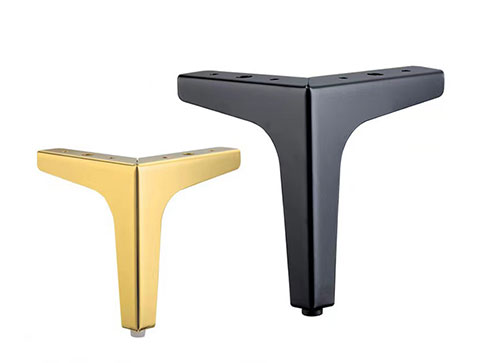 Sofa Iron Legs Sofairon Modern Sofa Cabinet Gold Iron Legs Furniture Tube Feet
Sofa Iron Legs Sofairon Modern Sofa Cabinet Gold Iron Legs Furniture Tube Feet
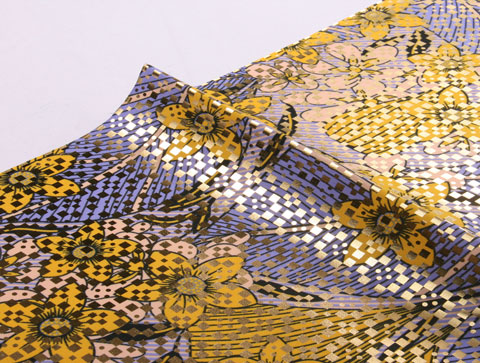 Polyester African Imitation Wax Cloth African Geometric Pattern Double-Sided Printed Fabric African Fashion Clothing Fabric
Polyester African Imitation Wax Cloth African Geometric Pattern Double-Sided Printed Fabric African Fashion Clothing Fabric
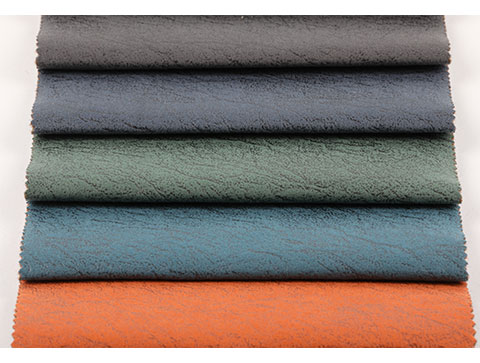 Embossed Polyester Fabric Leather Look Fabric For Decorate
Embossed Polyester Fabric Leather Look Fabric For Decorate
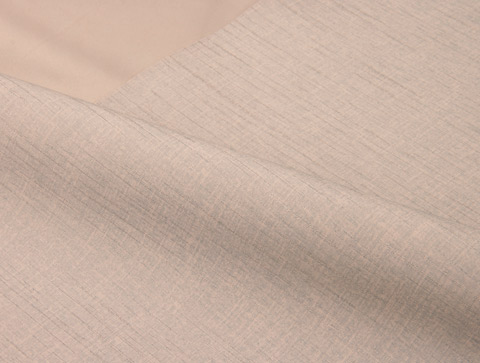 Printed PU Faux Leather Fabric
Printed PU Faux Leather Fabric
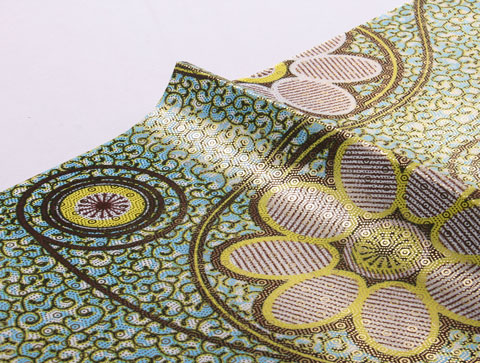 African Wax Prints Fabric Ankara Fabric Visco Wax Print Fabric
African Wax Prints Fabric Ankara Fabric Visco Wax Print Fabric
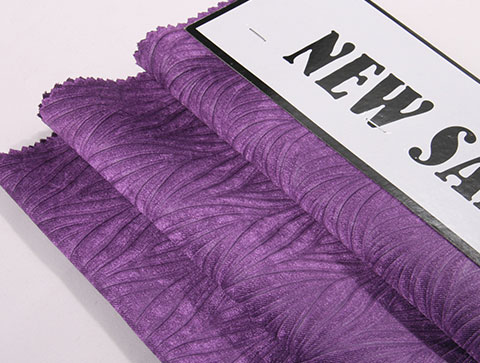 Embossed Curtain Fabric
Embossed Curtain Fabric
